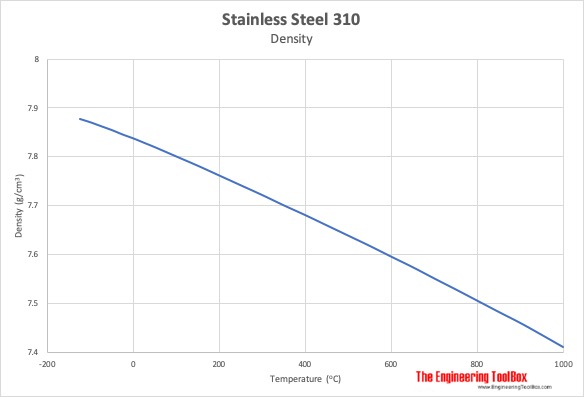

Their corrosion resistance is similar to their austenitic counterparts, but their stress-corrosion resistance (especially to chloride stress corrosion cracking), tensile strength, and yield strengths (roughly twice the yield strength of austenitic stainless steels) are generally superior to that of the austenitic grades. They have a mixed microstructure of austenite and ferrite, the aim usually being to produce a 50/50 mix, although in commercial alloys the ratio may be 40/60. About Duplex Stainless Steelĭuplex stainless steels, as their name indicates, are a combination of two of the main alloy types. Duplex stainless steels have a mixed microstructure of austenite and ferrite, the aim usually being to produce a 50/50 mix. The correct answer is option C because iron, aluminum, manganese is used in the process of manufacturing of steel.Duplex stainless steel, as its name indicates, is a combination of two of the main alloy types.

Which of the following we do not use in the process of manufacturing of steel?Īnswer. Suppose the mass of the object is 7.952 pounds and its volume is 28 cubic inches then its density would be 0.284 per cubic inch. We calculate the density of metal by dividing the mass of the object by its volume. In addition, tensile strength permits a range of values to determine product standards.
#DENSITY OF STEEL CODE#
Strength is the most common property that designers use because all basic rules give a design code that revolves around the strength of an object. Besides, know about the welding in designing as it reduces toughness.Also, reduce the spread of fatigue cracking.The stress should be distributed in the limit state of the material.Besides, for designing the ductility of material is very important and various aspects have to be taken into consideration, which are: Also, this determines the start of the performance and the subsequent fracture due to the tensile load exerted on it. It is the property of the metal in which we can deform or elongate them. Besides, painting and galvanizing are some of the most common measures to prevent corrosion. Furthermore, this coating depends on the degree of location, exposure, load, service life of the design, etc.Īlso, it includes the corrosion resistance steels that we use in the construction of a building and other materials.

Also, it depends upon the coating and materials used for manufacturing. It is the strength of something to last longer. Most noteworthy, it depends on the elements of the alloy and the weakness it has towards fragility. Also, it causes hardening in the heated area but it reduces the toughness of the metal. In addition, the weld is small there is little material and persuaded heat needed for melting. However, it involves the application of steel locally for melting that is then cooled down which can be rapid because of the surrounding material and its willingness to dissipate heat. WeldabilityĪll metals pose this tendency so do steel. Besides, in the case of steel, this tendency rises with an increase in temperature. Furthermore, it helps them to absorb the pressure or stress from the sudden impact. In addition, the harder the material the greater its strength will be. Tenacity is the property of a metal that helps them in resistance from breakage, scratching, cutting or any other forms of damage. The properties of steel include: Tenacity Furthermore, the density of aluminum, iron, and gold is more than steel. But, steel is not the densest alloy or metal. That’s why the density of steel varies from 7750 kg/m3 to 8050 kg/m3. In addition, the alloy elements are in a small amount, so they have very little effect on the density of steel.īut high-density alloys produce greater density steel. Steel is an alloy that is mostly made up of iron (with some carbon, manganese, some aluminum or silicon for detoxification and possibly some other alloys). 2 Solved Question on Density of Steel What is Steel?


 0 kommentar(er)
0 kommentar(er)
